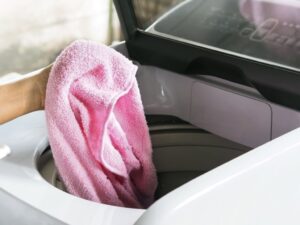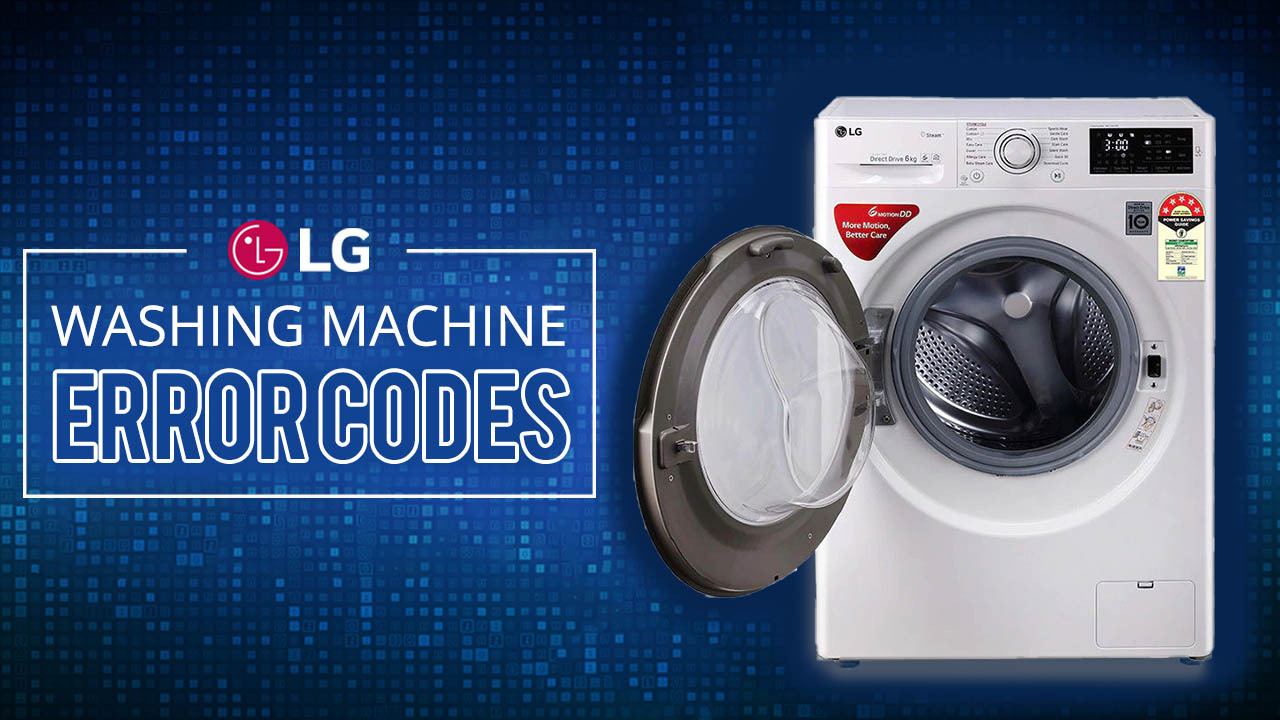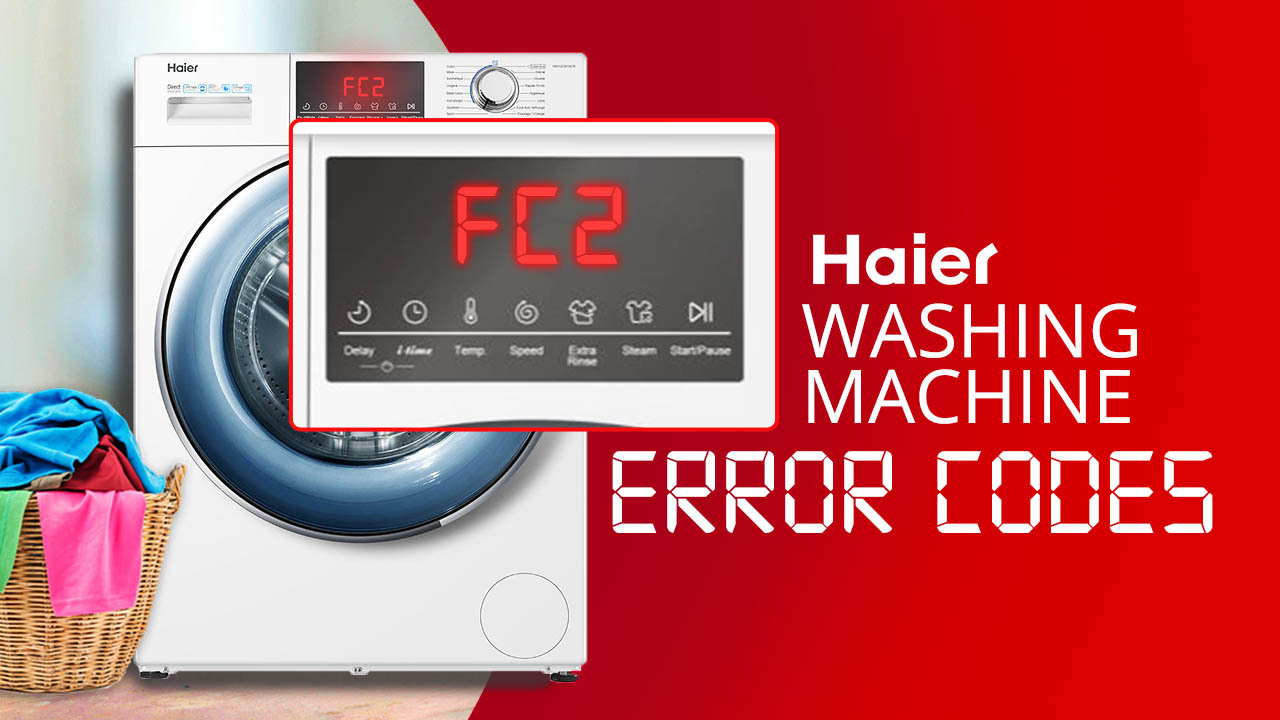Ironically, even the best washing machine can often get dirty, and it happens more often than you might expect, hence why knowing how to clean the washing machine drum is essential information. Many heaps of discolored and odorous garments end up dirtying this equipment and filling it with mold; as a result, you must know how to clean the washing machine entirely from time to time, and hopefully, you can do so with items you already have at home. You might also make your natural cleaning products.
Now that washing machines have become affordable most homes in the country have them. Since the device is used to clean soiled clothes, it is unsurprising it too gets soiled. However, many people tend to be ignorant about how unclean their appliance is. Not keeping your machine clean leads to the early demise of the device and a frequent need for professional help. Want to avoid such consequences? Make sure to learn how to clean washing machine drum by reading the blog below!
What Makes Washing Machines Dirty?
Over time after long-term use, even the best washing machines can become breeding grounds for bacteria and other microorganisms. This is often due to the buildup of minerals such as calcium and magnesium, creating an ideal environment for these organisms to thrive. In addition, many water machines are equipped with filters that trap impurities such as dirt and dust.
However, these filters can also trap bacteria, which can then spread to the water. Finally, improper cleaning of the machine itself can also contribute to the growth of bacteria. For example, if the machine’s drip tray is not emptied regularly, it can become a breeding ground for harmful microorganisms. By taking proper care of their water machine, people can help prevent the growth of bacteria and other harmful microorganisms. In the next section, your will learn how to clean the washing machine drum/tub.
How to Clean Washing Machine Drum?
The drum and the rubber are two vital components when cleaning your washing machine and preventing the perpetration of mold and foul odors. Then inspect the filter to ensure that dirt has not gathered there. Cleaning the soap and fabric softener dispensers every six months is also advised. Want to learn how to clean washing machine drum? Keep reading below:
Front-Loading Washing Machine

What You Need:
- Microfibre Cloth
- Dishwashing Liquid
- Toothbrush
- Vinegar
- Hot Water
- Sponge
- Cotton Cloth
How To Clean Washing Machine Drum?
A clean washing machine is essential for keeping your clothes looking their best. But over time, laundry detergent, fabric softener, and dirt can build up on the inside of the machine, leaving your clothes smelling musty. Fortunately, cleaning a front-load washing machine is relatively simple:
- Start by wiping the rubber gasket around the door to remove mold or mildew.
- Use a microfiber cloth to clean the wash drum, particularly any areas that look dirty or stained.
- Wipe down the detergent dispenser panel with a damp sponge. Be sure to remove any detergent buildup from the dispenser cups.
- Clean the outside of the machine with a wet cloth. For thorough cleaning, you may also want to remove the lint filter and wash it in hot water.
- Once you’ve finished cleaning all the parts of your machine, run an empty cycle on hot to remove any residual cleaner. Finally, prevent future mold and mildew growth by leaving the door open to air out after each use. Following these simple steps can keep your washing machine looking and smelling fresh for years.
Top-Loading Washing Machine

What You Need:
- A microfiber cloth
- A small scrub brush or an old toothbrush
- Cup for measuring
- Bleach
- White Vinegar
- Dishwashing Liquid
- Tiny bowl
- Cooktop or microwave
- Bucket or sink
- Tiny saucepan
How To Clean Washing Machine Drum?
Top load washing machines are excellent for large loads of laundry, but over time the drum can become stained and full of built-up detergent. If your washer doesn’t seem to be cleaning clothes as well as it used to, it might be time to give the drum a good cleaning. The steps below will walk you through the process so you can get your washer back to top condition:
- First, empty the washer of any laundry or other items. Then select the water temperature and cycle settings. For best results, use hot water and the most extended cycle setting.
- Fill the washer with water. Add a cup of chlorine bleach to the water and run the complete washer cycle.
- Once the cycle is finished, clean both the detergent and fabric softener dispensers. These can become clogged with built-up residue, preventing proper dispensing during future wash cycles.
- To clean the dispensers, remove them from the washer and soak them in a solution of equal parts vinegar and water for about an hour. Then rinse them thoroughly with clean water and replace them in the washer.
- Fill the washer again with hot water. Add a cup of distilled white vinegar to the water and run the wash and spin cycle. This will help remove any remaining built-up residue from the inside of the washing machine.
- Finally, clean the outer housing of the washer with a damp cloth or sponge. Be sure to wring out any excess moisture before wiping down the machine, so you don’t accidentally damage any electrical components.
- Once you’re finished, your top load washing machine should look and run like new!
Additional Tips
Due to a lack of ventilation or inadequate maintenance, an appliance that releases foul odors is most likely contaminated with mold. The battle against a washing machine’s unpleasant odor is more straightforward than it appears, and it’s not all that different from regular cleaning.
Do the following to eliminate odors when conducting washing machine drum cleaning:
- Run a short cycle with hot water and add half a liter of white vinegar this time (or the whole bottle if the smell is powerful).
- When the cycle is complete, open the doors of the washing machine and leave them open for the rest of the day to allow the machine to breathe.
- (Optional) Place a bowl of baking soda in the drum and leave it there overnight. Baking soda is beneficial for absorbing odors and cleaning effectively.
You can also keep in mind additional tips and tricks to keep your washing machine clean and ensure that it remains in best condition for a long time:
- Don’t put too much in your washing machine. Each machine has a maximum weight capacity that ranges from 10 to 23 kg (depending on the size of the drum). Don’t go above the limit, or you’ll ruin your clothes and the equipment.
- Make it a practice to leave the washer lid open for the rest of the day after each use. This will allow it to air out, lowering the risk of mold growth.
- Vinegar should be used to clean the soap and fabric softener drawer on a regular basis. Chemical residues accumulate in this compartment, resulting in an unsightly discoloration.
- Maintain your washing machine’s performance by cleaning it at least once a month.
- If you are away from home for several days, remember to turn off the water supply and the washing machine to save electricity and minimize possible mishaps and/or leaks.
IMPORTANT NOTE: There are a few factors to consider when deciding what temperature of water is best to clean a washing machine. Hot water can be more effective at removing dirt and stains, but it can also cause damage to the machine if it is not used properly. Cold water is less likely to cause damage, but it may not be as effective at removing dirt and stains. For most situations, using warm water is the best option. It strikes a good balance between being effective at cleaning and being gentle on the machine. However, if you are dealing with a particularly tough stain, you may need to use hot water to get the job done.
How to clean the detergent & fabric softener dispensers?
Apart from knowing how to clean washing machine drum, you must keep in mind the importance of cleaning other parts of the machine as well. Over time, detergent and fabric softener dispensers can become clogged with built-up residue, making it difficult for them to dispense the correct amount of product. Fortunately, cleaning these dispensers is a simple process that only requires a few household supplies.
Begin by running hot water through the dispenser for a few minutes to loosen any dried-on residue. Next, fill the dispenser with white vinegar and let it sit for 30 minutes to dissolve stubborn deposits. Finally, rinse the dispenser well and dry it with a clean towel. By taking the time to clean your detergent and fabric softener dispensers on a regular basis, you can help keep them in good working condition for years to come.
Keeping the Odour Away
It would be best if you made it a habit to always leave the washing machine’s door and bucket open after each wash. Leave them in this position for the remainder of the day so that they can be adequately aired out and the moisture can entirely evaporate.
Additionally, it is advised that you purchase a specialized cloth for cleaning wet surfaces, such as those made for windows, and run it through your washing machine’s drum after washing. By doing this, you will be able to remove the surplus water that ordinarily stays in the drum and collects bacteria that eventually lead to an unpleasant odor. Pay close attention to the rubber on the doors.
You must clean the inside of the washing machine using specialized cleaners at least twice a year. Doing a thorough cleaning will eliminate stored bacteria before they cause unwanted odors.
Another advice is to use a 90° C washing schedule for cleaning white clothing. The hot water’s thorough drum cleaning will eliminate the washing machine’s foul odor.
Lastly, regularly clean the washing machine filter to eliminate lint, paper scraps, and anything else that might have gotten within pockets while washing clothing. It would help if you considered the unpleasant scent resulting from all this collection.
Conclusion
So, how to clean washing machine drum? There are a few methods that can be used to clean the washing machine drum. The most common is to use a cleaning solution and a soft cloth. However, vinegar can also be used effectively. It is important to remember to clean the detergent drawer and rubber seal as well. Regular cleaning will help to keep your washing machine in top condition and prevent the build-up of mould and bacteria. Thank you for reading!
Frequently Asked Questions
1. How to clean washing machine tub?
You will need a mild detergent, white vinegar, and a soft cloth. Next, fill your tub with warm water and add the detergent. Allow the machine to run for a few minutes to mix the water and detergent. Then, add the vinegar to the tub and allow the machine to run for another few minutes. Finally, use the soft cloth to wipe down the inside of the tub. That is how to clean washing machine tub, quickly and efficiently!
2. What creates the black sludge in a washing machine?
Black sludge is usually the result of a combination of factors, such as soap scum, fabric softener residue, and minerals from hard water. The build-up can cause laundry to come out dull and can also lead to foul odors. You should avoid using fabric softeners, as they can contribute to the build-up.
3. How to Get Rid of Washing Machine Odor
Remember the following tips to help eliminate odor from your machine:
1. Do a quick wash at a temperature higher than 30 °C with only a half-liter of white vinegar.
2. Cleaning with bleach also gets rid of dirt and grime that has accumulated.
3. Finally, once one of the last two washes is complete, you can put a container filled with baking soda inside the washing machine to prevent the unpleasant scent.
4. How Often Should You Clean Out Your Washer?
It is important to clean your washer on a regular basis in order to keep it running efficiently and prevent expensive repairs. Check the manual for your specific model and follow the manufacturer’s recommendations. Start by removing any lint or debris from the tub, detergent dispenser, and seals. Then, run an empty load on the hottest cycle with a cleansing agent designed for washing machines. Be sure to wipe down the exterior of your washer after each use to prevent the build-up of grime and mildew.


![Washing Machine Dryer Not Working [Solved] Washing Machine Dryer Not Working](https://washingmachine.khojdeal.com/wp-content/uploads/2022/06/washing-machine-dryer-is-not-working.jpg)




